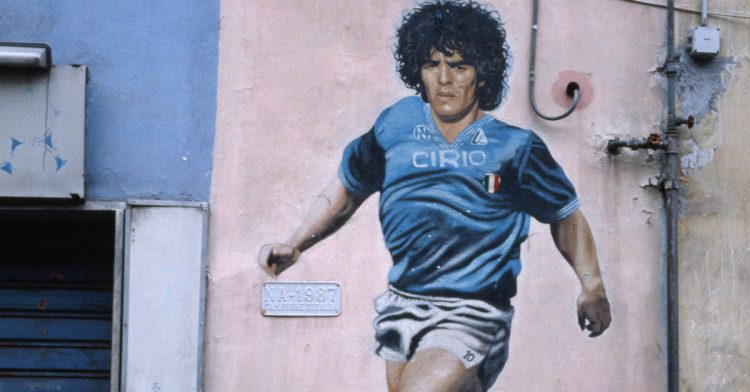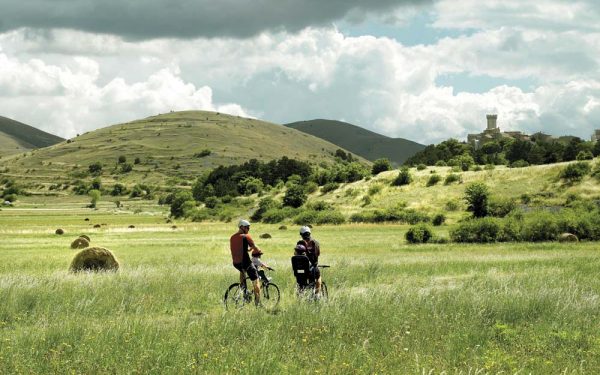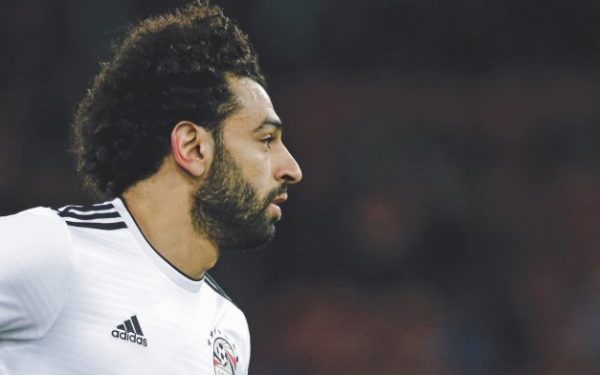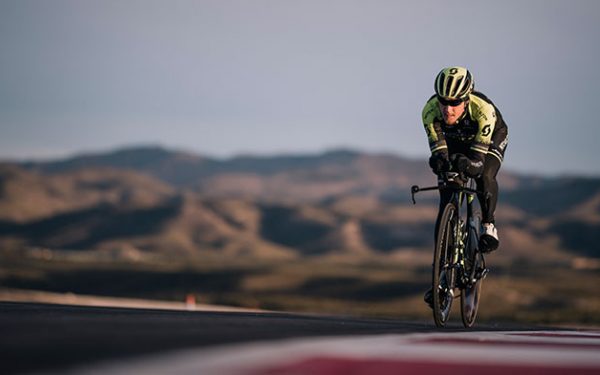Five in the morning. Diego Maradona and his entourage tumble out of a restaurant. He’s celebrating. He’s just helped Napoli qualify for the 1989 Uefa Cup final. Maradona dances, sings in the street. An old woman who lives nearby opens her window and tells him in no uncertain terms to shut up: “Who the hell do you think you are,” she says, “the owner of Naples?”
Maradona looks up at the old woman, turns on the charm. He smiles and sings his name the way football fans have been singing his name for years: “I’m Mara-dooooona.” The old woman recognises him now. She claps her hands and blows him a big, long kiss.
Maradona helped his side win the Uefa Cup that year and a second league title the year after that. It completed the most successful period in Napoli’s history, which began with a famous league and cup double in 1987.
When he left Naples, it was in disgrace. He missed training, then he missed matches. He fell out with the players, the manager, the president. He piled on weight and had very public affairs. He fell out of favour with the mafia. During a big game he asked to be substituted and the people of Naples finally lost their patience. In 1991, he received a 15-month ban from football for failing a drugs test. Maradona was done.
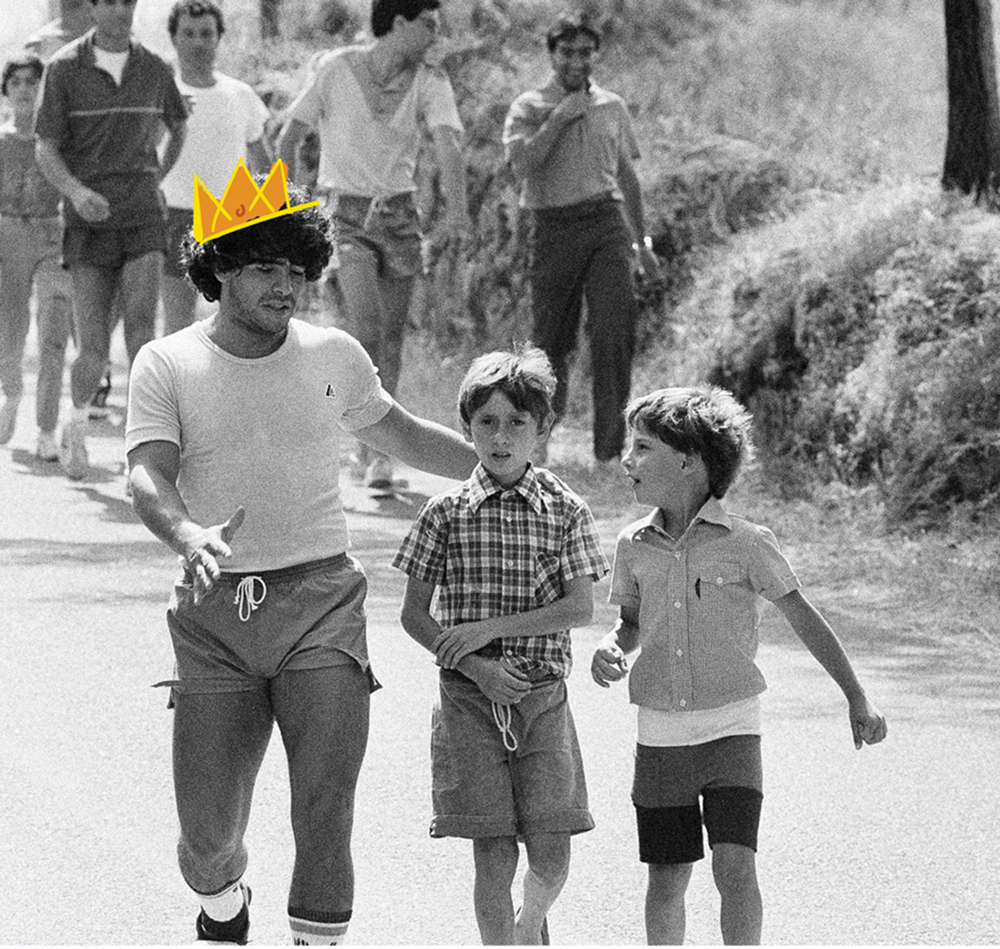
But all that is forgotten now. Walk around the streets of Naples and you see his image everywhere. Shops sell all kinds of Maradona merchandise. Massive murals of Maradona cover sides of buildings. Bars keep shrines to Maradona. Some places display a patron saint for protection but just as many display the face of Maradona. And beneath his face it’s always the same word: dios. Maradona isn’t the owner of Naples. He’s a demigod. But how did it happen?
ALSO READ: Lionel Messi’s Guide to Buenos Aires
“Maradona singlehandedly did what the people of Naples had been praying for their whole lives,” says the author Jimmy Burns. “He was a redeeming god who would help them get their own back on the north.” Burns spent a lot of time in Naples writing his book Maradona: The Hand of God. He told me the story about Diego dancing in the street. He says the city’s obsession with Maradona is tied to its own obsession with death.
Napoli president Corrado Ferlaino liked the idea of outbidding Juventus to Maradona. He saw it as sticking it to the North.
The Rough Guides book describes it as “one of the most superstitious on Earth – and in some ways, the most cultish”. So 30 years after that first title win and with the man himself in town to accept honorary citizenship, I visited Naples to find out how Maradona redeemed himself.
I took an apartment in the Centro Storico district. The owner wasn’t too bothered about football but she told me about a place that would help me better understand Naples’ supernatural side – the Fontanelle cemetery, an ancient quarry carved into the Materdei Hill which, for hundreds of years, served as an underground tomb for people who couldn’t afford a funeral.
Cool air came floating out of the entrance, like opening a fridge on a hot day. It was dark inside. Orange floor lights sent shadows creeping up the walls. Tibias and fibulas and chunks of spinal column piled up on the floor. Staring at me, hollow-eyed and dusty, were thousands and thousands of skulls. The skulls that still had their jawbones seemed to grin. In one chamber, the sun came in slantwise through a glassless window; the motes of dust floated and glittered in the light. Not so long ago, worshippers visited these skulls, cleaned them, cared for them, prayed to them.
They gave the skulls names, placed them in wooden boxes and told stories about their lives, stories they claimed came to them in dreams. People adopted the skulls. A cult developed, the Cult of the Dead. This continued right up until 1969, when a cardinal decided it was getting a bit too weird and closed down the cemetery. It is said some older Neapolitans still worship the skulls. Naples’ next great cult was the cult of Maradona.
“He became sanctified,” says Burns. “Venerated. Maradona the saint. The church of Maradona. It’s something you see manifested in Latin countries where you have a deeply rooted religious culture, particularly a Catholic one. You believe in miracles and you believe in saints and suddenly you empathise with this person and elevate him to a mythical level.” Burns says because of his own background – growing up in a poor, “paralegal world” – Maradona easily fitted in with life in Naples – and, adds Burns, the Camorra, the Italian mafia-style syndicate which was then rife.
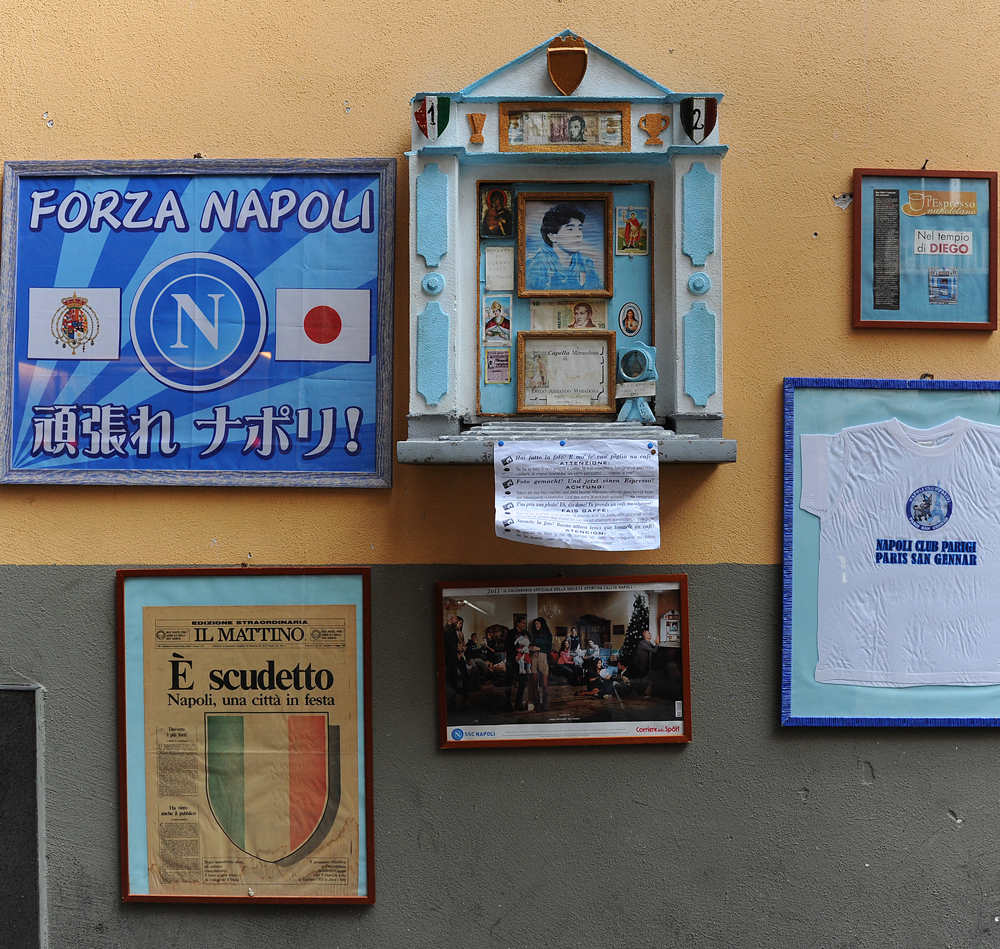
Maradona grew up in Villa Fiorita, a tough suburb of Buenos Aires. “My parents were humble working folk,” he wrote in his autobiography. The 10 members of his family lived in three rooms with no real bathroom or running water, except the rain that fell through the roof. As Maradona put it: “You got wetter inside than out.” As a toddler, Maradona once got lost in the dark and fell into the cesspit. His uncle saved him, shouting: “Diegito, keep your head above the s***.”
His earliest memories are football. He slept with a ball hugged to his chest. As a boy, shirtless, barefooted, he ran errands playing keepy-uppy. If he didn’t have a ball then he kicked an orange or anything else roughly spherical. At his first football trial aged nine years old, Maradona was so good that the coach suspected he was actually a short adult.
Maradona made his professional debut for Argentinos Juniors at just 15. He spent five years with the Buenos Aires club, scoring more than 100 goals before moving across the city for a season with Boca Juniors. In 1982 Maradona transferred to Barcelona for a then world record fee of US$7.6 million. His time in Catalonia wasn’t all bad but it started poorly and ended catastrophically.
Maradona became the first Barcelona player applauded off the pitch by fans of bitter rivals Real Madrid. The 1984 Copa del Rey, however, which Barcelona lost, escalated into one of the biggest, maddest brawls ever seen in a major tournament. Maradona was in the middle of it all, kneeing an Athletico Bilbao player and knocking him clean out. Maradona was done in Spain.
Juventus fancied Diego. But Napoli president Corrado Ferlaino liked the idea of outbidding the Turin club and the Fiat tycoon who owned it. It would represent economic independence from the Italian establishment. Ferlaino saw buying Maradona as an act of sticking it to the north.
Italy was made up of two economies. The north was and always had been far richer than the south. Many initiatives to support the south failed through corruption, wastefulness and mismanagement. Unemployment was higher in the south, organised crime more widespread. The north saw the south as a financial drain and resented it – so much so that during Maradona’s time in Italy, several political parties campaigned for northern independence.
This extended to football. Three teams, all from the north, dominated Italy: Juventus, Inter Milan and AC Milan. No team south of the Italian Peninsula had ever won the country’s highest league. Then Diego Armando Maradona arrived and turned the country upside down.
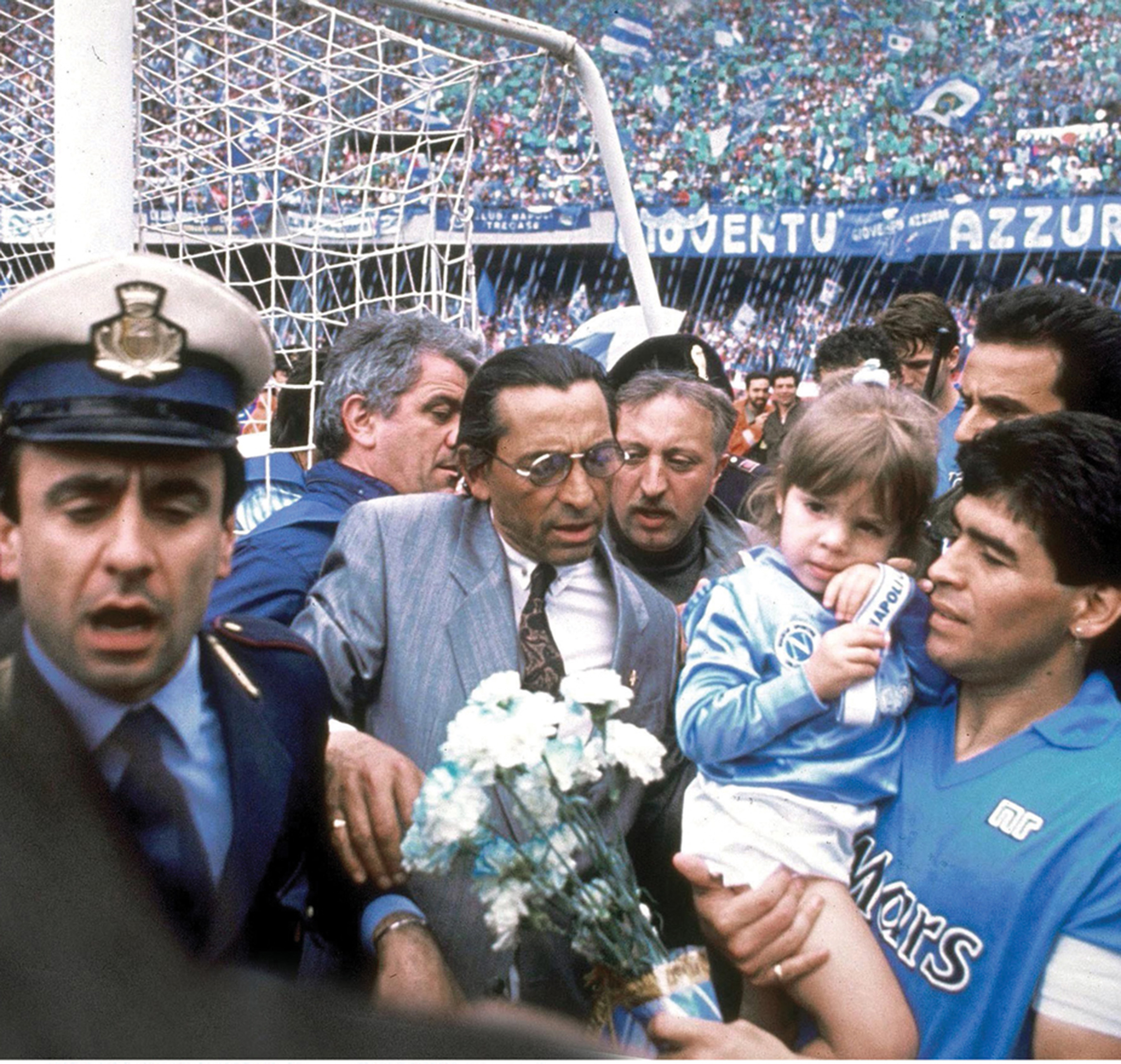
It almost didn’t happen, according to Burns. Deadline day was Friday, June 29 and new transfers had to be registered with the Italian league authorities in Milan. Ferlaino had an employee deliver an envelope containing three names, none of which were Diego Maradona. When on Monday the authorities opened this envelope it contained just one name, Diego Maradona. Someone had switched the envelopes. Who had the power to do this? The Camorra for one, the Neapolitan mafia. The rumour was they might even have contributed to the transfer fee.
However it went down, the deal was done. US$10.48 million later, Maradona flew by helicopter into the Stadio San Paolo in Naples and landed on the pitch for his big unveiling. Streamers streamed. Fireworks excited the 75,000 paying fans into a frenzy, but when supporters couldn’t see Maradona through the swarming photographers, they demanded he do the whole thing again. He came back out onto the pitch, through the tunnel this time. One newspaper wrote that the city lacks “a mayor, houses, schools, buses, employment and sanitation” but came to the conclusion that “none of this matters because we have Maradona”. The saviour had arrived.
Maradona promised teammates that within a couple of years they would win the league. Napoli finished eighth in his first season and third the season after that. But new players and a new manager did what Maradona always wanted: built the team around him. Then he went away to the World Cup.
Maradona’s personal life was in bits before Mexico ’86. His extramarital affairs were big news in Italy, which gave family-first Neapolitans doubts about their idol. People speculated about his involvement with the mafia. He sacked his agent and lifelong friend Jorge Cyterszpiler. His weight was up and down as he struggled with drugs. But from start to finish he dominated the World Cup, scoring five goals and setting up just as many. He returned to Naples at the peak of his power.
The ball seemed to stick to his left foot. He was squat. He had a low centre of gravity that made him unstoppable at high speed. He scored from obscene angles. He saw things others couldn’t, he saw things before they happened. He made things happen.
He scored directly from corners. He could smack the ball violently into the top corner from a free kick and could nurse the ball delicately over the line after rounding every player on the pitch. Maradona in top gear took the game and turned it into something else, a greater thing.
“There’s a flow in football,” says writer Simon Critchley. “When you watch a game, you submit to that flow. You don’t watch it for the easy pay-off. It’s much more meditative. Football is a way of ordinary working class people, particularly men, enjoying an aesthetic spectacle. It’s not just about winning. It’s about the formal pleasure of watching these bodies in formation in movement. Football is a kind of working class ballet.”
Some places display a patron saint outside for protection but just as many display the face of Diego Maradona
Critchley’s new book about football is titled exactly that, Working-Class Ballet. Maradona was certainly capable of engineering these kind of moments. But it still doesn’t explain why Naples still loves him after all these years and despite all his failings. Why do Neapolitans born long after he left the club idolise him?
“Football always seemed better in the past,” says Critchley. “The thing about football is it gives us a nostalgic relationship with the past, which isn’t all bad. It’s solace and it’s a comfort.”
Juventus started the 1986-87 season as defending champions. Michel Platini guided the Turin side to a cabinet full of trophies in the 1980s, during which time the Frenchman picked up the Ballon d’Or – the European Footballer of the Year award – three times in a row. They called him Le Roi – The King. Platini would retire at the end of the season. For him, there would be no fairytale ending. The king was to be booted off his throne and replaced with a deity – only with a mop of black hair instead of a crown.
Eight games into the season, Maradona’s Napoli visited Platini’s Juventus. Both were unbeaten in the league and both had been knocked out of European competitions. Juventus went 1-0 up. Then Maradona turned it on. A 3-1 win put Napoli top of the table. Naples started to believe. They would ultimately win the league by three points,and the Coppa Italia to go along with it.
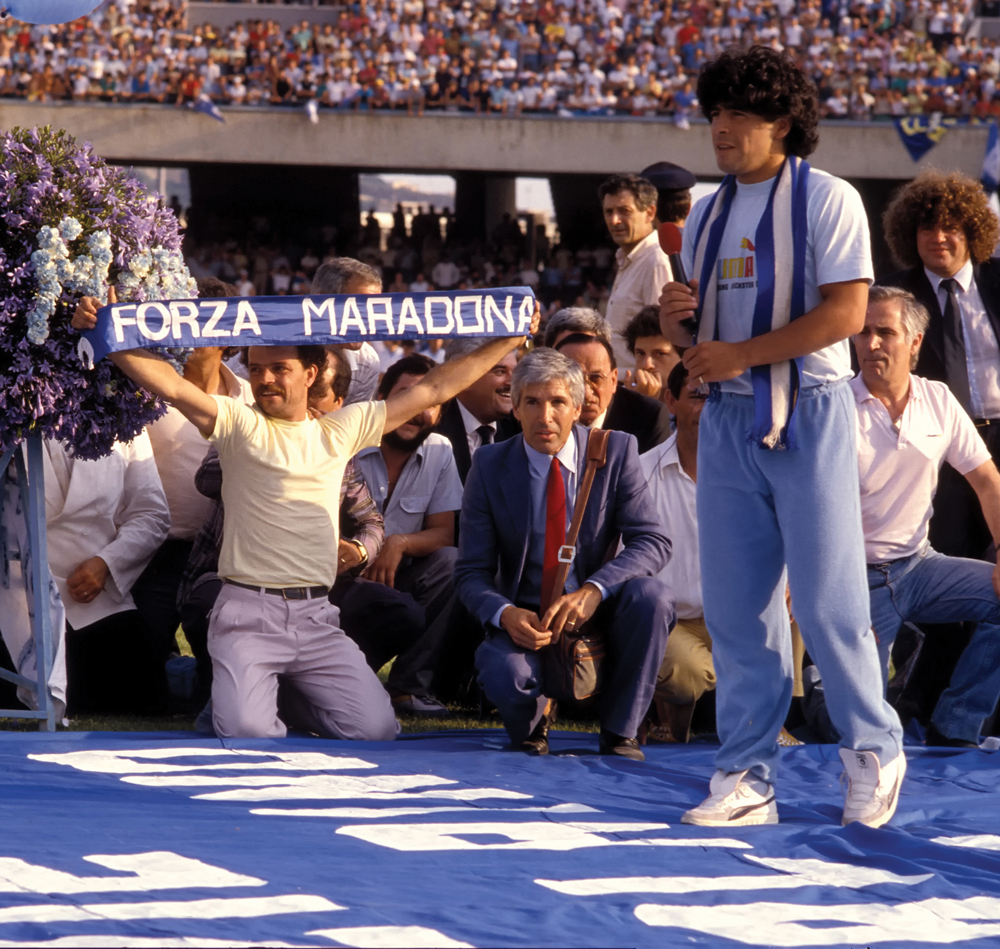
One night in Naples, I got a bit rowdy myself. I was eating pizza and drinking wine in a restaurant on the street. I was talking to a Neapolitan man when an old woman wandered over to the table. She shouted, gesticulated. In my mind she was shouting: “Who the hell do you think you are, the owner of Naples?”
The man translated. She was only asking if I liked Naples but in a typically theatrical Neapolitan way. I gave her my best grin. I said I did. Very much. She nodded before I’d even answered: “Beautiful Naples,’ she said, already walking away. ‘Beautiful Naples.”
Like many places that have little, the people of Naples put everything into having a good time. They are almost pathologically friendly. Naples is a city crammed into itself the way Maradona is a man crammed into his own persona. They both believe in angels, in saints, in divine intervention. Both are chaotic and flawed and both are all the more loveable for it. They were a perfect match.
Maradona returned to Naples this summer and the city made him an honorary citizen. It marks 30 years since a home draw with Fiorentina sealed Napoli’s first ever title, the south’s first ever title, when the whole city exploded in sky blue. The parties went on and on. In a post-match interview, asked what Napoli means to him, Maradona said, “It’s my home. It’s my home.”
In true Neapolitan style, a funeral was held for every other team in the league. Coffins decorated in the colours of Juventus, Inter Milan, and AC Milan paraded through the city, a priest blessed them and they were burned. From their death the cult of Maradona was born. Naples had a new shrine.
Words: Gary Evans
Maradona in the Middle East
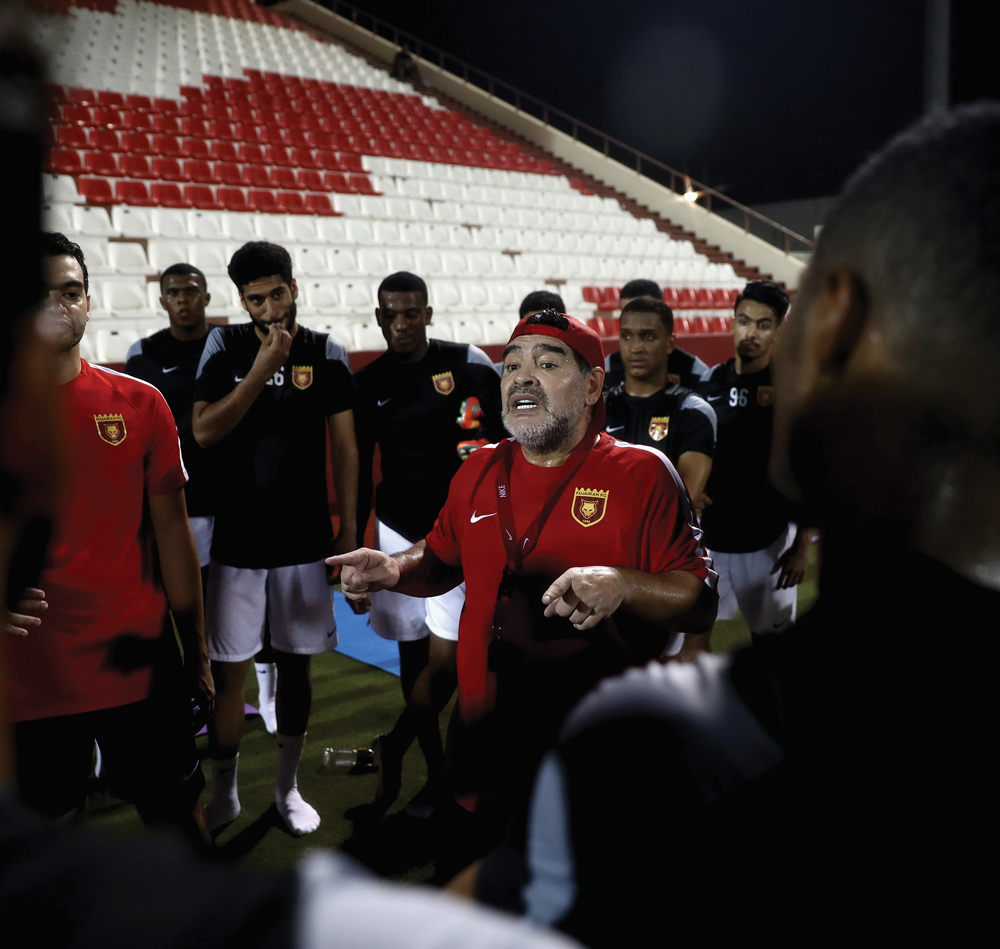
“When Diego Maradona took over as manager of Al Wasl in 2011, few would have imagined he would still be living in the UAE six years later,” says fourfourtwoarabia.com editor, Ali Khaled.
“Although his one season in charge of the Dubai club was unsuccessful, he had found a place he could call home and has since held an ambassadorial role for Dubai Sports Council, launched football reality television show The Victorious and supported the development of football in the UAE.
After a surprise return to Emirati domestic football this summer as coach of First Division side Fujairah, expect Maradona’s love affair with the country to last even longer – should he achieve promotion at the first time of asking.”

